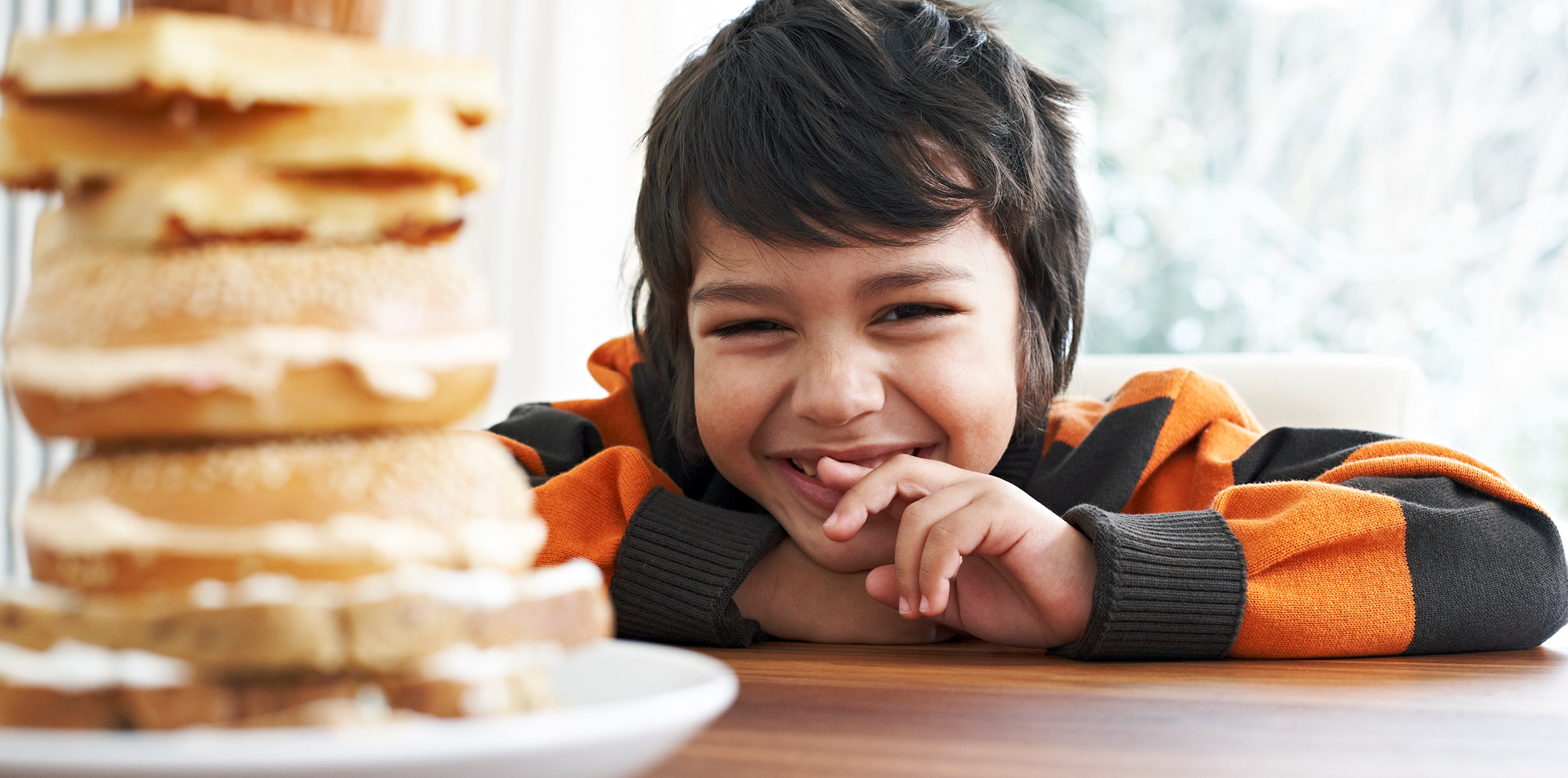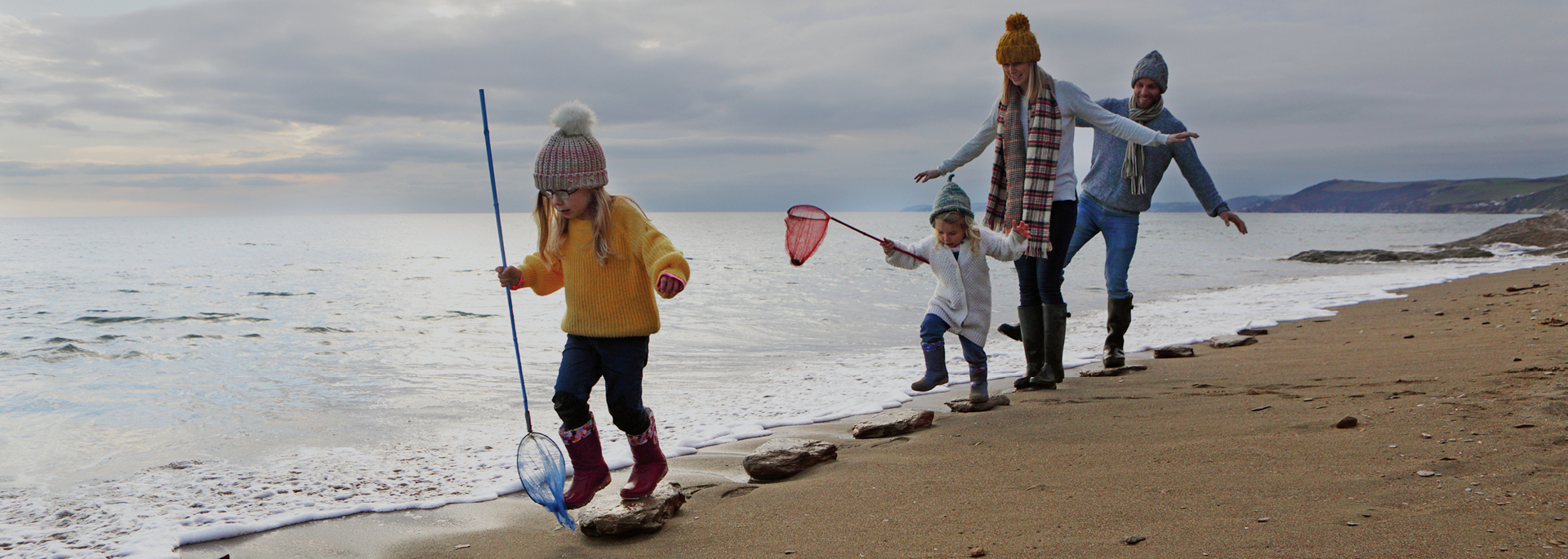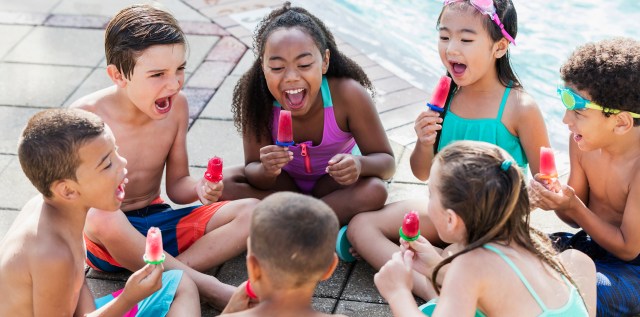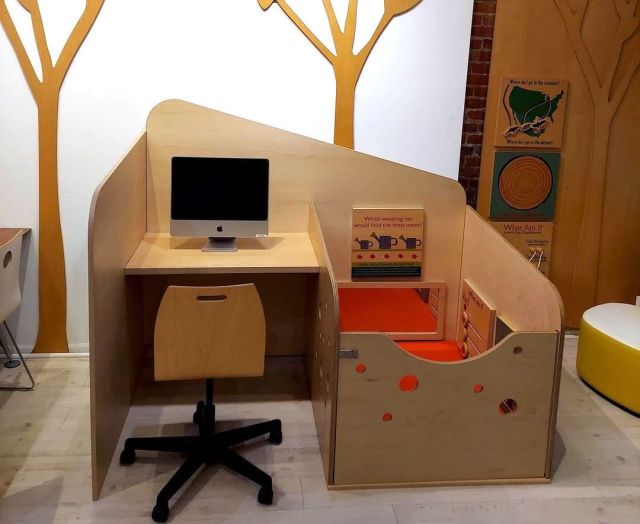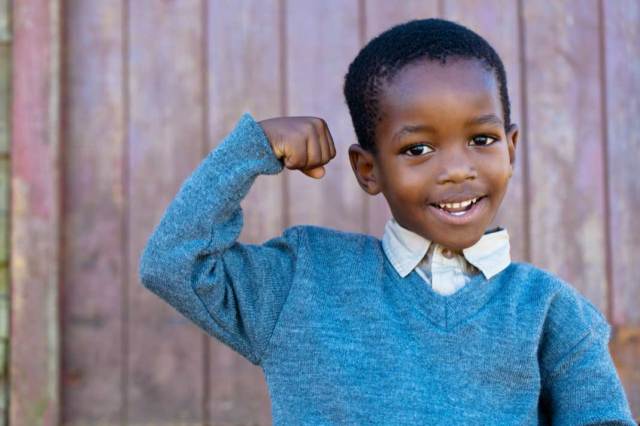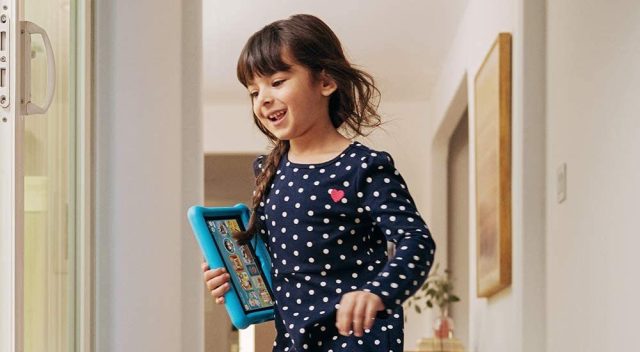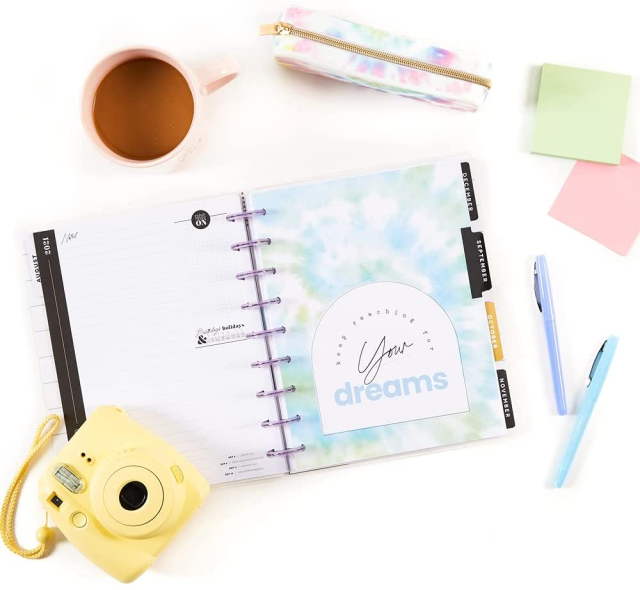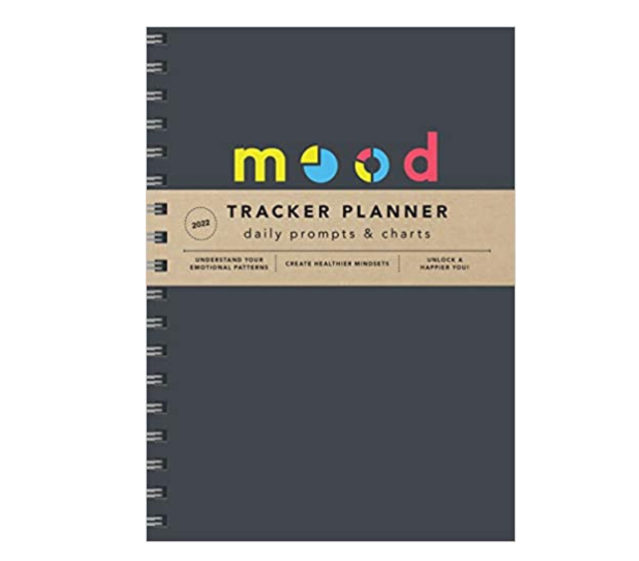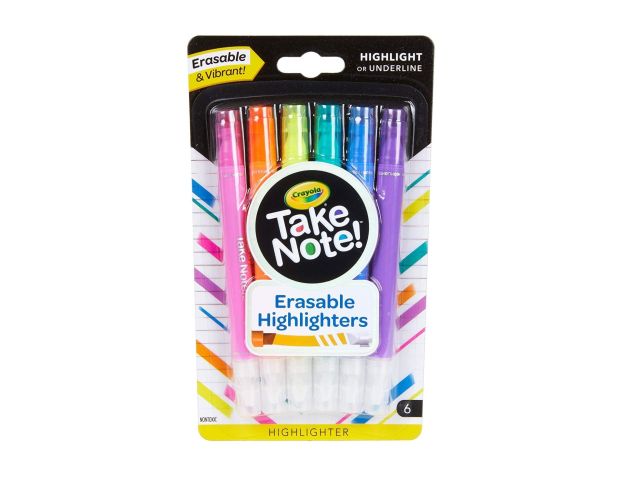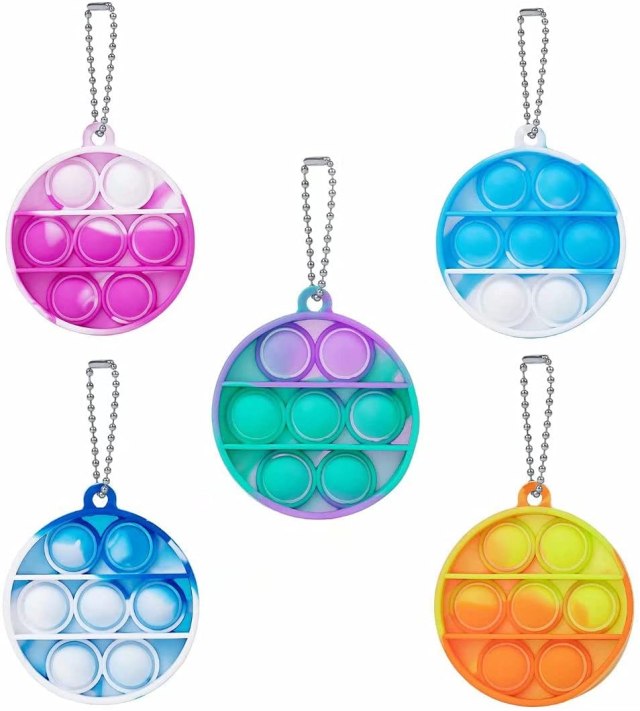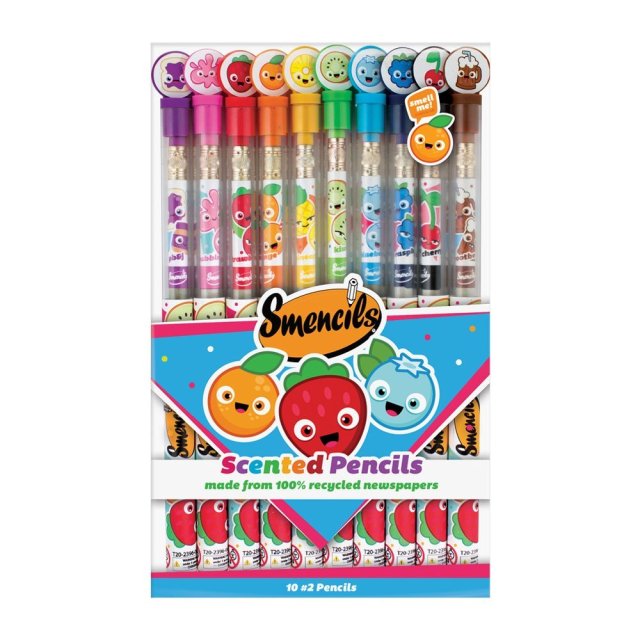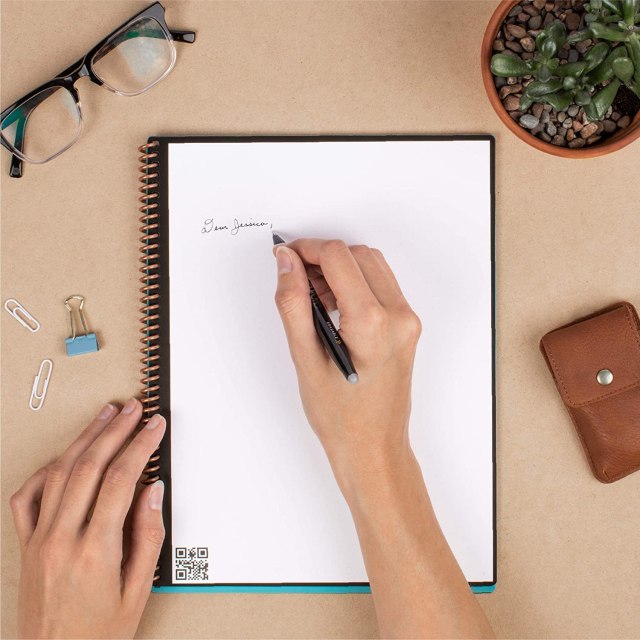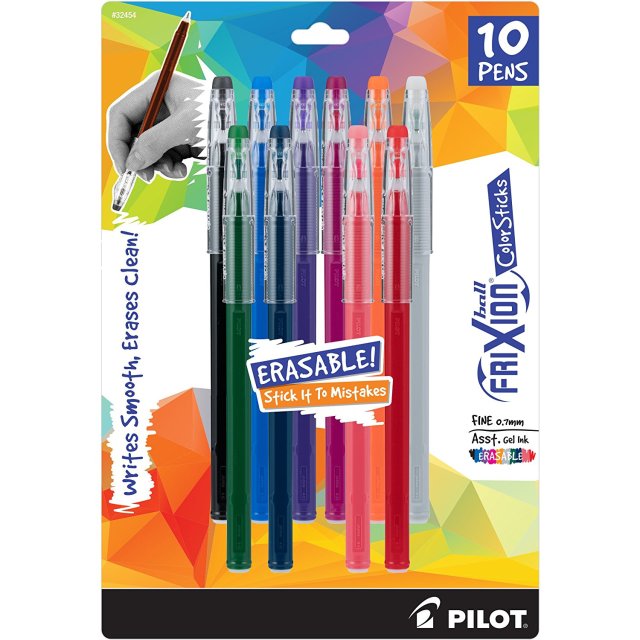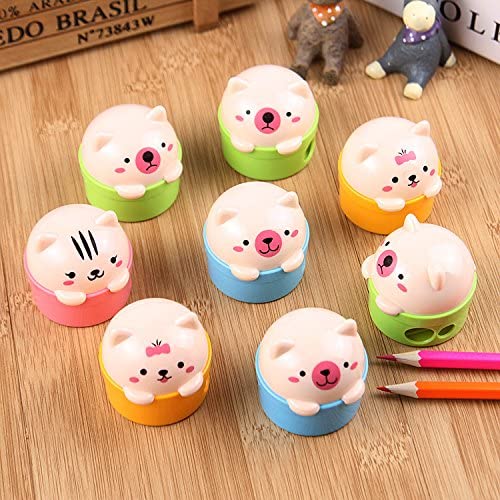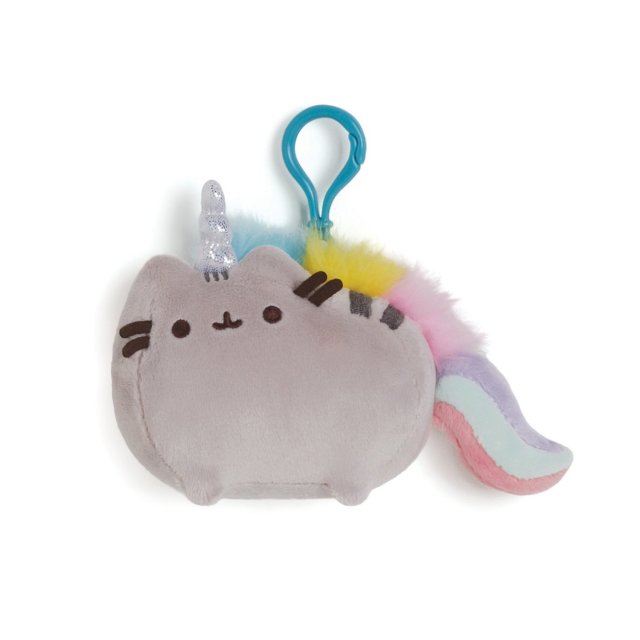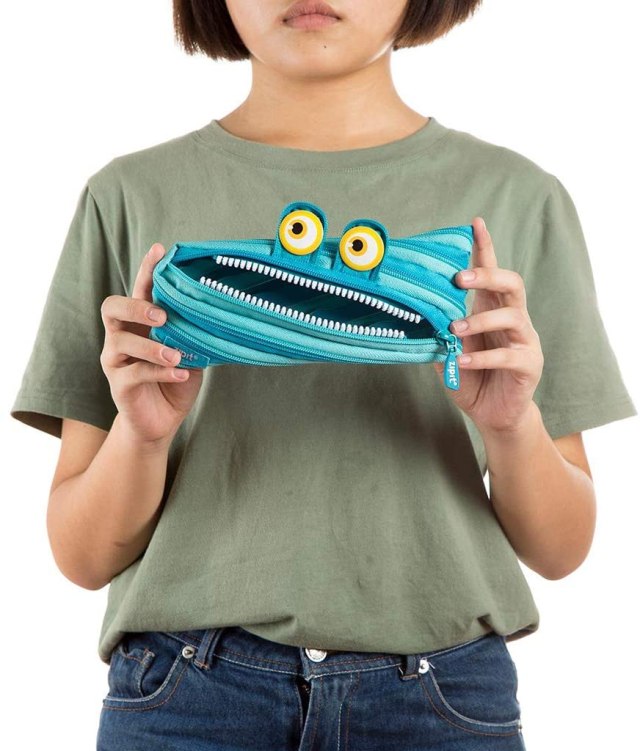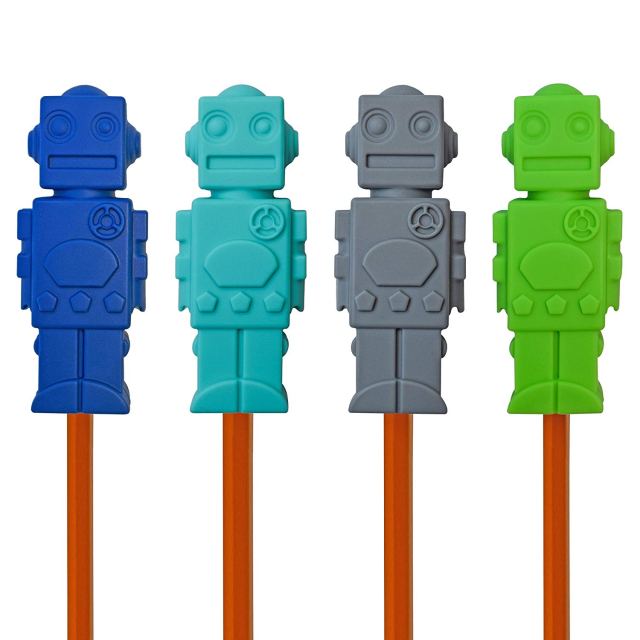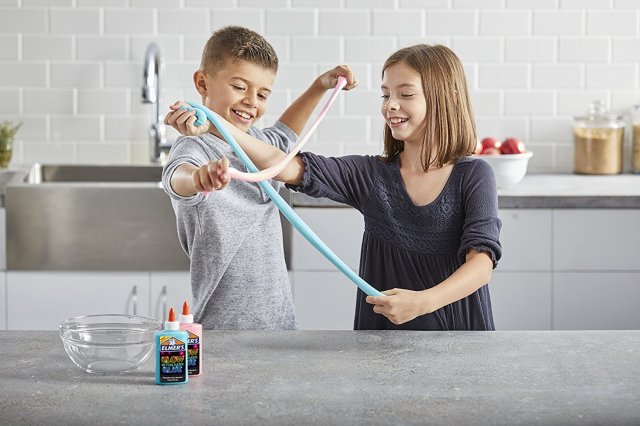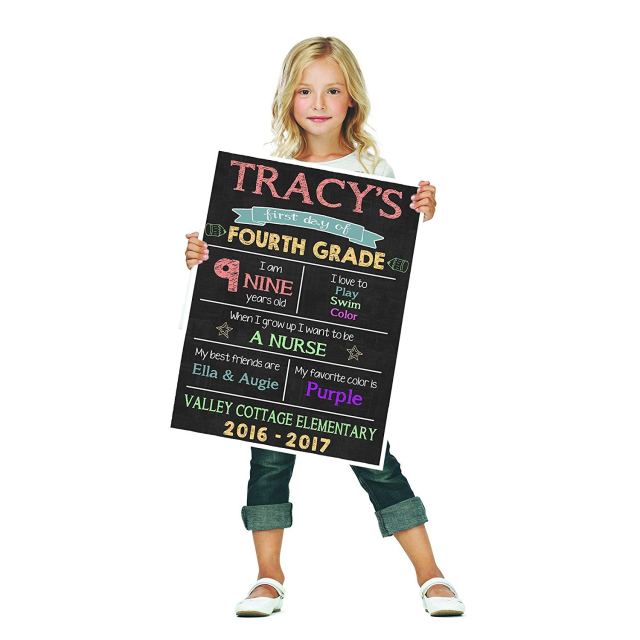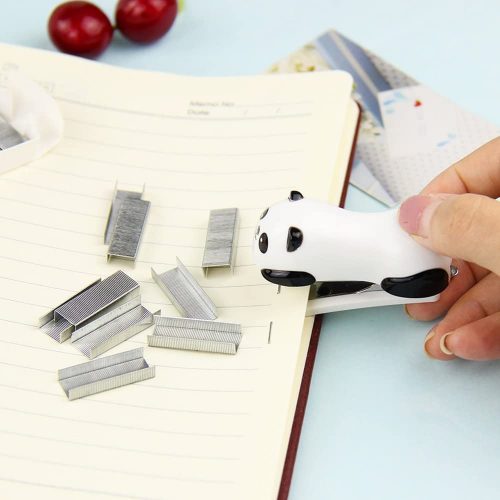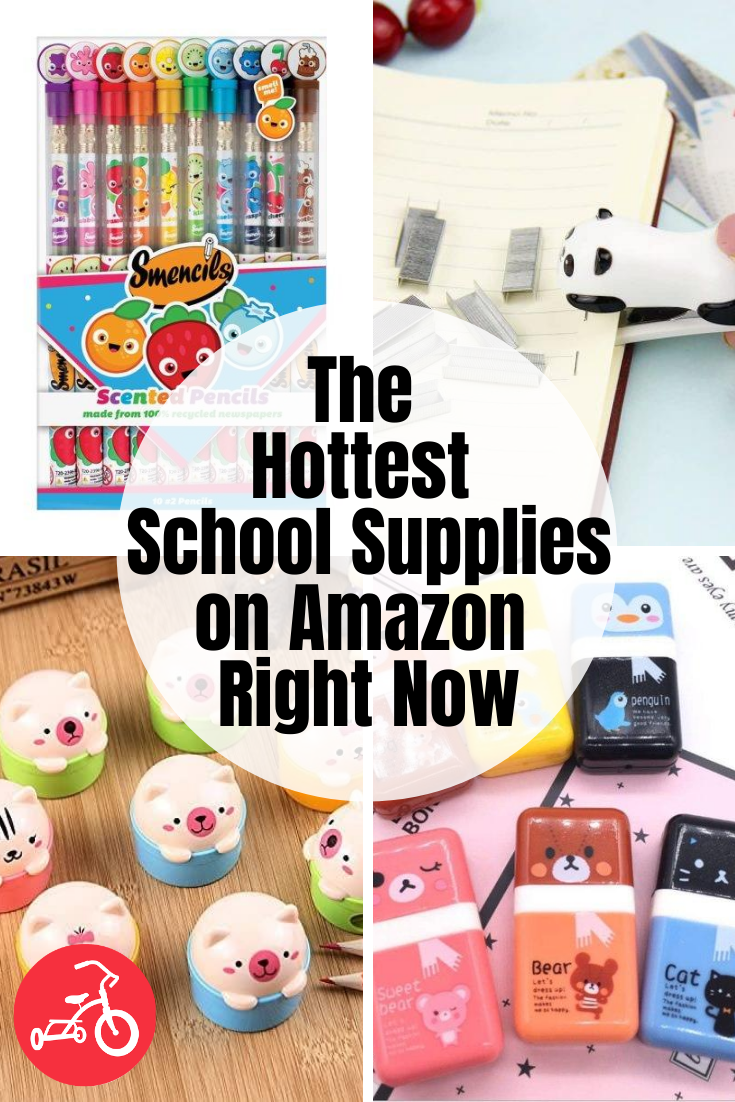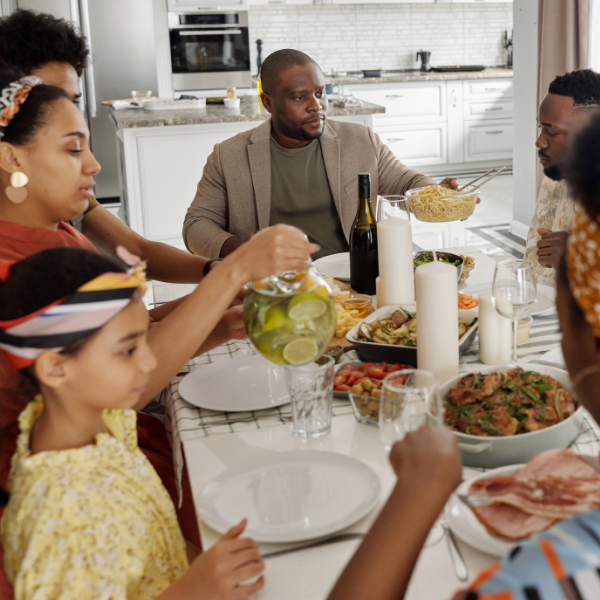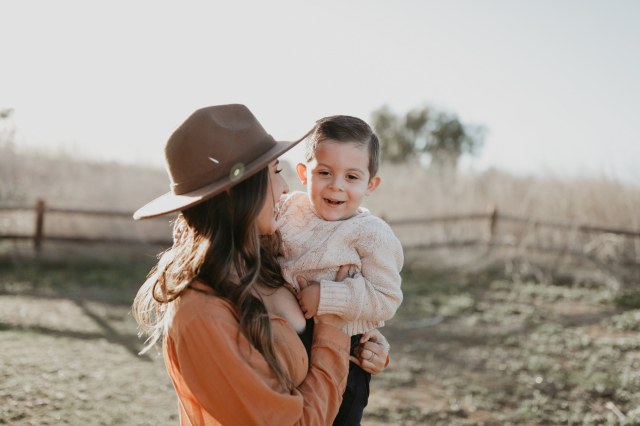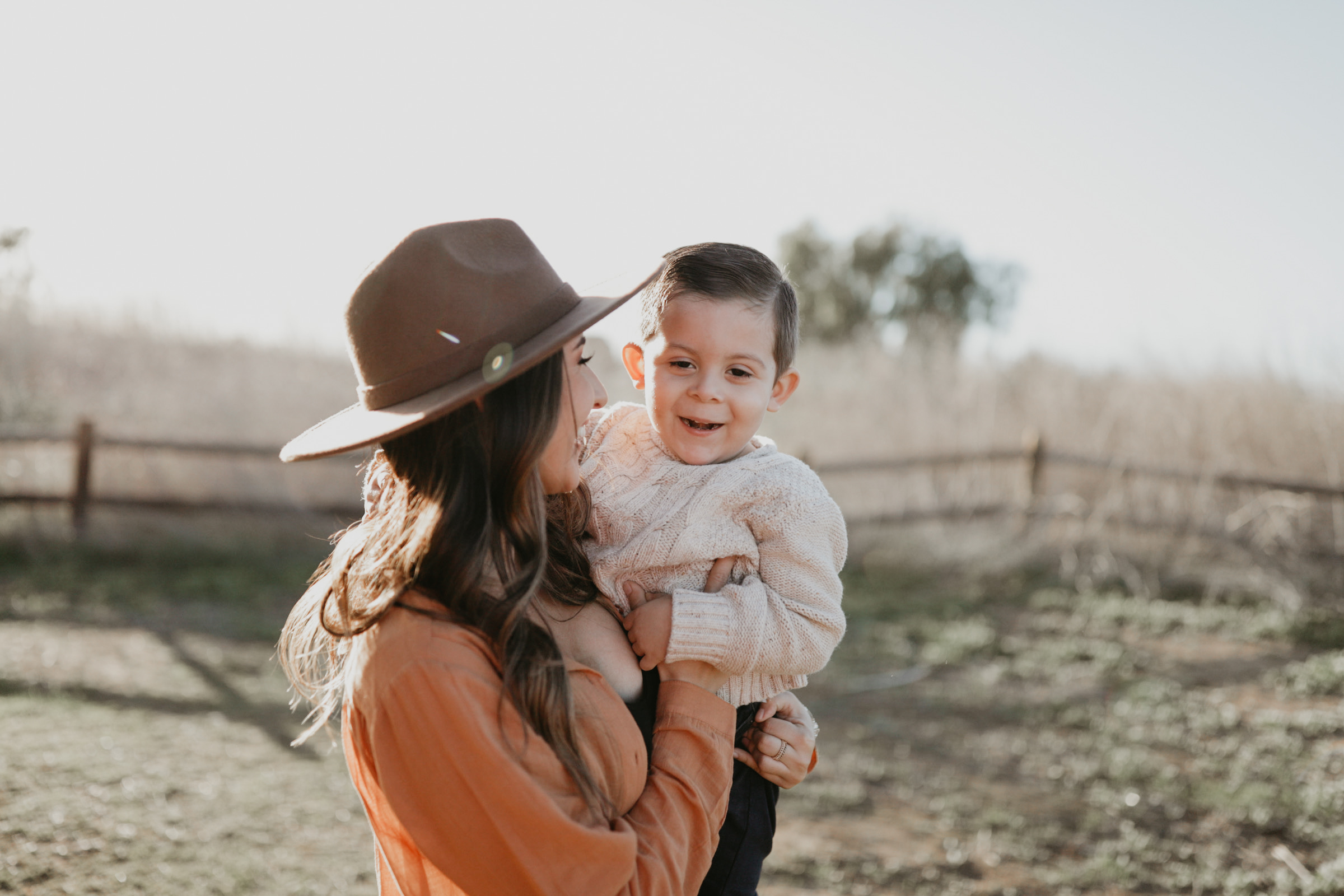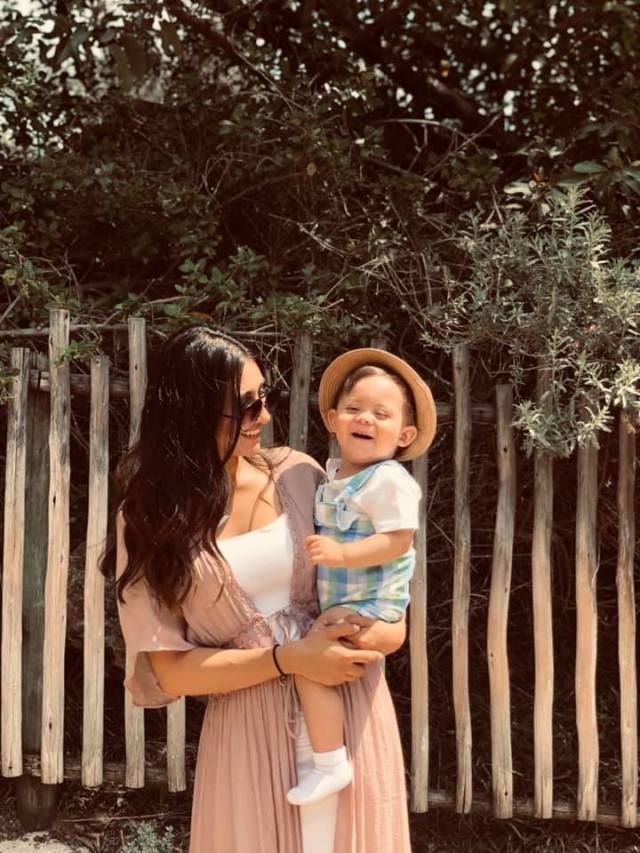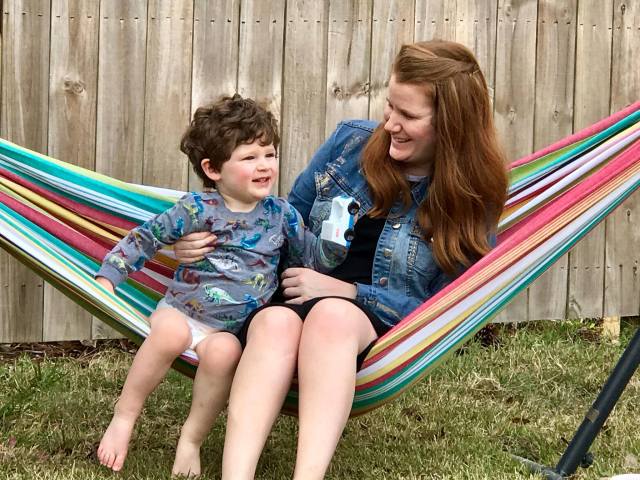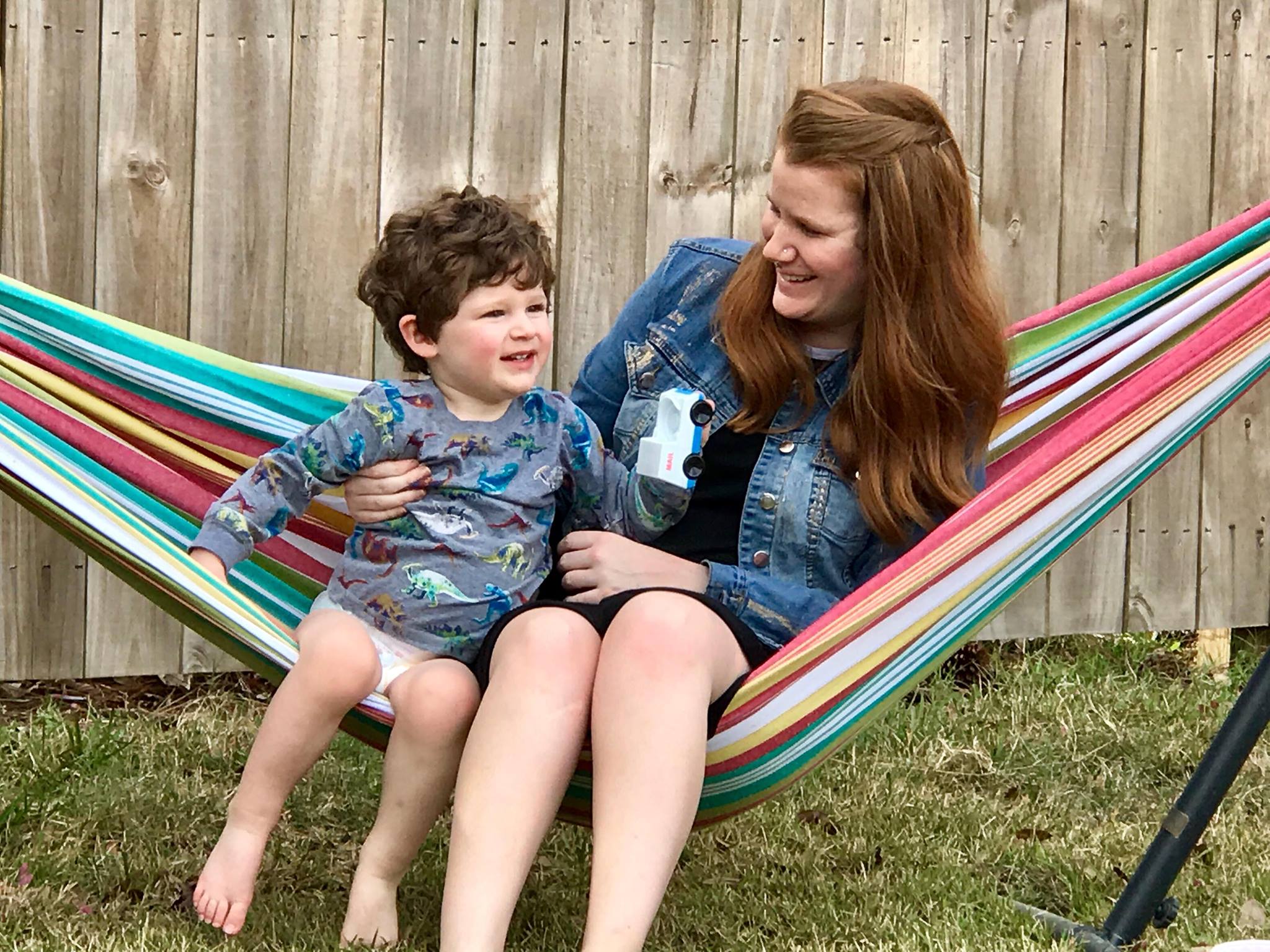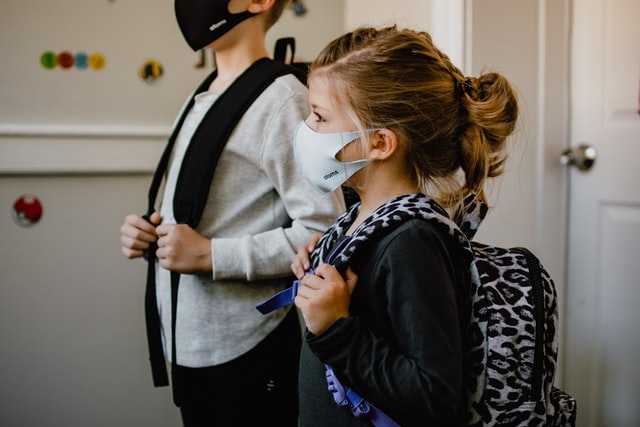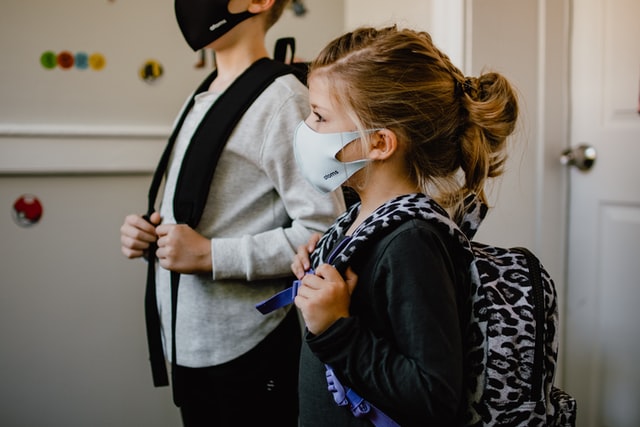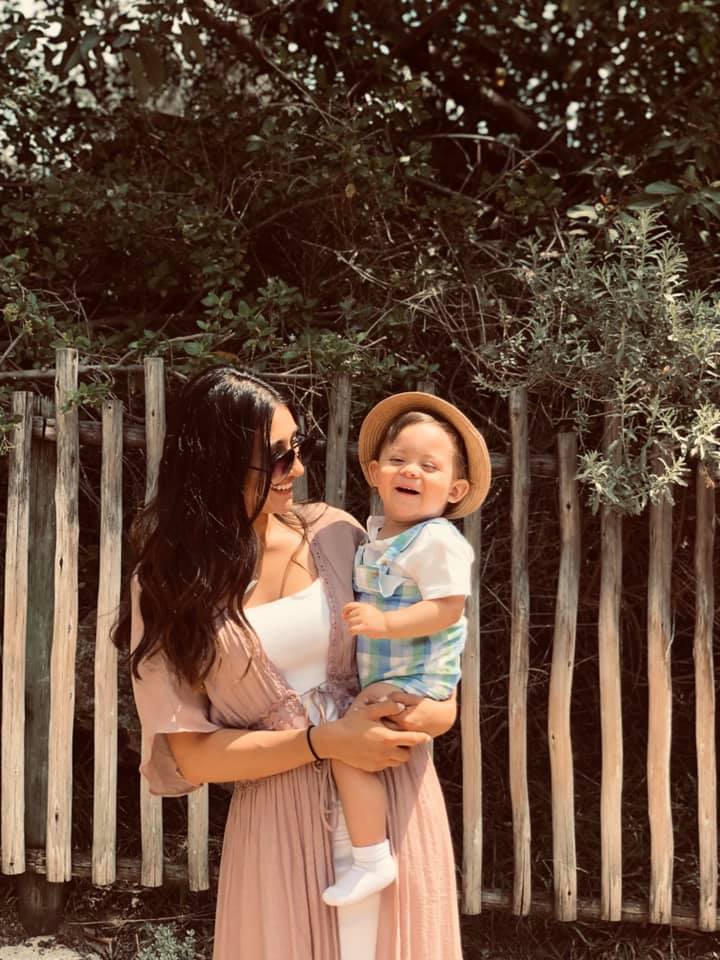
Photo: Samira Soto
I’m a young mom, 25 now to be exact. When you become a mom in your early 20s the pressures are different than I feel like those in their 30s.
Girls’ nights are mandatory and happen probably way too often. We’re praised for the simplest things like keeping our children alive.
There’s no pressure to be the perfect PTA mom driving around in our minivans, because truthfully in a lot of ways we’re still kids ourselves trying to navigate adulthood.
We are the first in line for our Pumpkin Spice Lattes as soon as they hit Starbucks, and “vibe” is a part of our daily vocabulary. And we just now are starting to get excited over vacuums, air-fryers, new pots, and pans.
So what would bring a young mom like myself and a group of amazing women who are nothing like me together?
Autism.
See I’m not like most 25-year-old moms.
My days aren’t spent shopping the latest IG small business shops for trendy clothes for my son Kanen. They aren’t spent going to the zoo, or the park, or playdates with friends. They aren’t spent in fun pre-school classes like gymnastics and music.
My days look a lot like: Therapy on top of therapy. There’s speech, OT, ABA. Oh! And you can’t forget the Child Development Specialist Insurance agencies, and doctors—so many doctors.
Did I remember to schedule that appointment?
They just upped his dosage, what do you mean the insurance won’t cover the medication now?!
After Kanen’s diagnosis in September, I had never felt so lost and confused ever in my life. I didn’t know where or who to even turn to.
I felt isolated as my life quickly began to change, the fear of the unknown started settling in and was consuming me whole.
The thoughts, the wonder, the worries, the why!!!??? They played over and over in my head like it’s Groundhog Day.
During this time my Nana had been following a page called Finding Cooper’s Voice. Whenever I would call, she would talk to me about Kate and Cooper and constantly tell me how I should follow their page.
In the beginning, I totally brushed her off, because of course, my first thought was, “There is no way this mom can understand how I feel! No one can!”
Of course, I was wrong, oh boy was I wrong.
And this is how one Facebook group, and ladies who are “nothing like me” saved my life on this autism journey.
See Kate has been on this journey for longer than I have, she is what I would call a veteran in my eyes. She saw all that was wrong in this community and found a way that moms like me have a safe space. Enter: Coop’s Troop.
Yet the more I opened my heart, and asked, and read, and listened to these women and their children’s stories, I realized I had more in common with them than most people my age.
I realized I had a lot more to learn from these moms than I could from any other resource within my reach. More than any book I could read. Because unlike most people in my life, they understand my struggles and my frustrations.
They understand the miracle of a spoken word, and like me will never take for granted the smallest milestone.
They taught me to turn my worry into wonder.
To remind me on the bad days that this journey is a marathon, not a sprint.
It is because of the amazing woman I have found through Coop’s Troop that I was encouraged and inspired to start My Charming Arley…to write about our story, to share our struggles and our smiles.
Because no two Autism journeys are ever alike.
I encourage any mom, either new or seasoned on this Autism journey to follow Finding Cooper’s Voice and do yourself an even bigger favor and join Coop’s Troop.
I promise you won’t regret it.
Samira is a 25 year old single mom to a 2 year old son Kanen Arley. Her son Kanen was diagnosed with severe non-verbal autism in September of 2020, which inspired her to start sharing their journey through My Charming Arley on Facebook and Samirasstella on Instagram.

